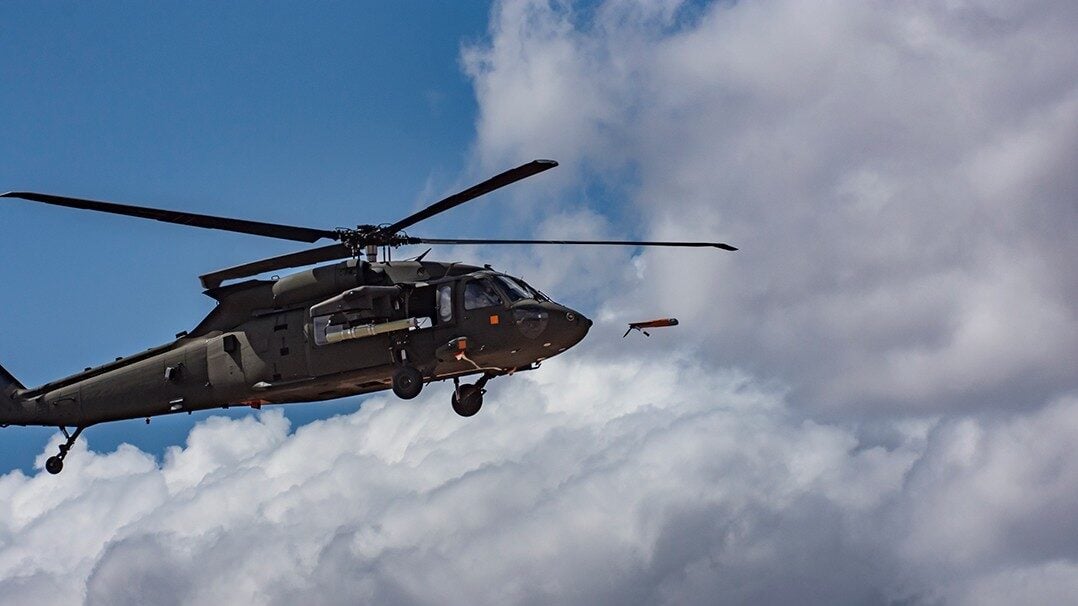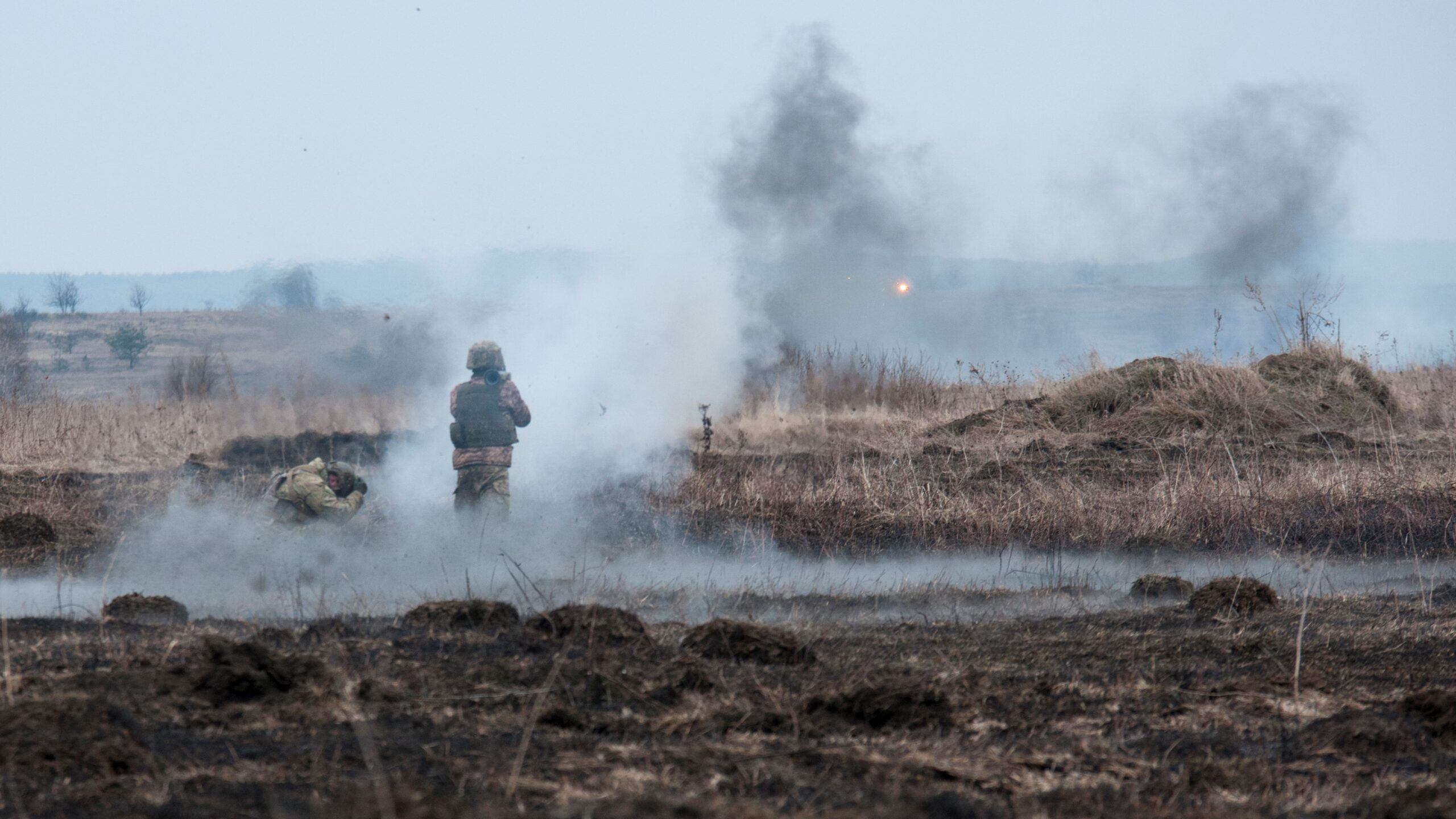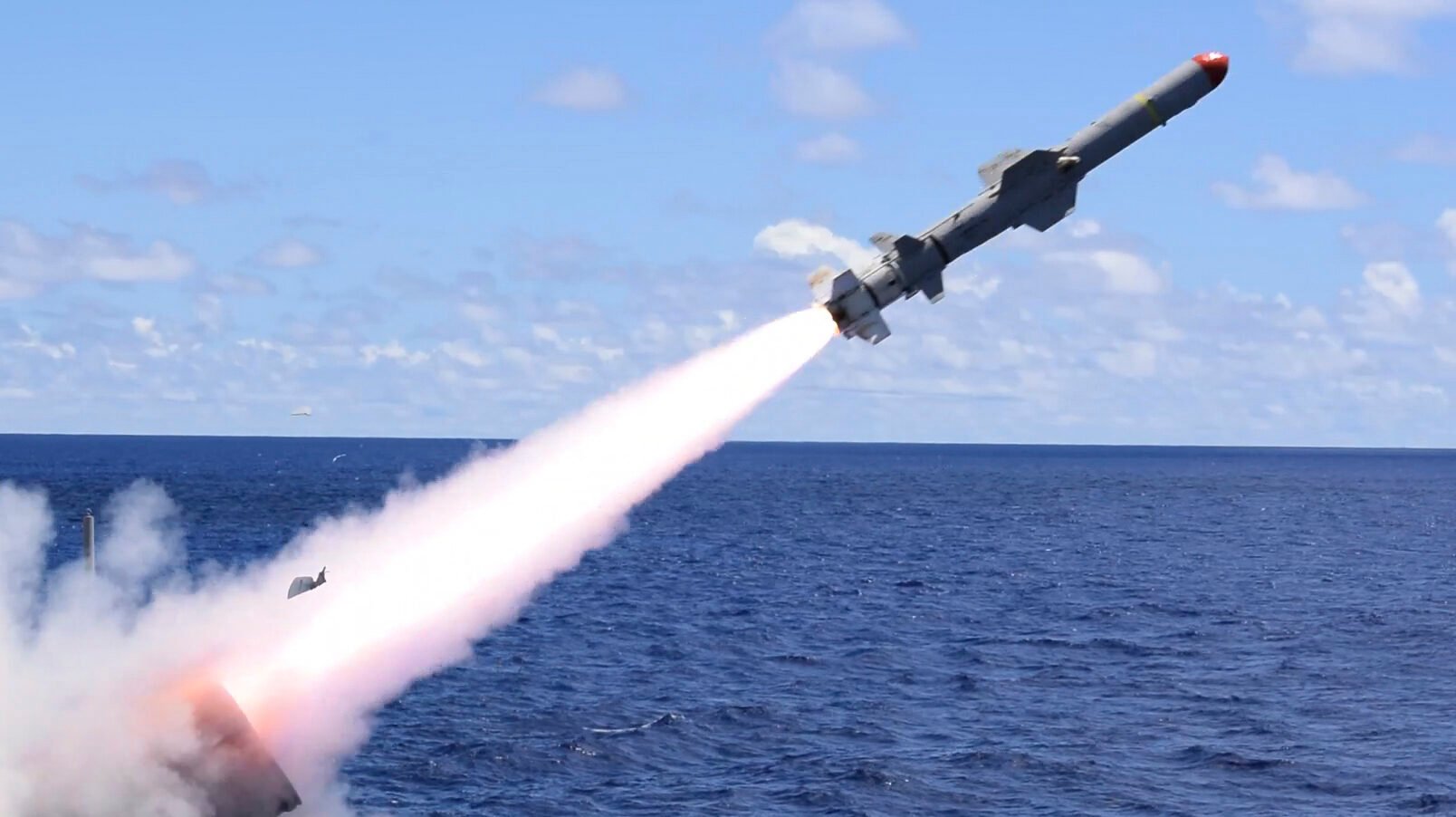
Joint weapons production between India and the West has a long and chequered history. Consider the Tejas fighter jet, whose development was approved in 1983 by Indira Gandhi, the prime minister of the day, to replace ageing Soviet-made migs. Two years later, her son, Rajiv, persuaded Ronald Reagan to provide “fly-by-wire” technology allowing pilots to control the plane electronically. Keen to erode Soviet influence in India, America supplied engines too. French engineers were sent to help an Indian state-owned defence company design the new aircraft. Yet the Tejas only entered service in 2016, around 20 years later than planned and in much smaller numbers. India’s navy cancelled its order when it transpired that the plane was too heavy to take off from aircraft carriers fully fuelled and armed. An updated model looks more promising, but won’t be ready in time to address India’s shortfall of more than 100 fighter jets over the coming decade.

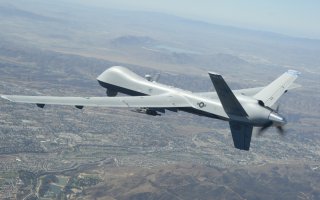

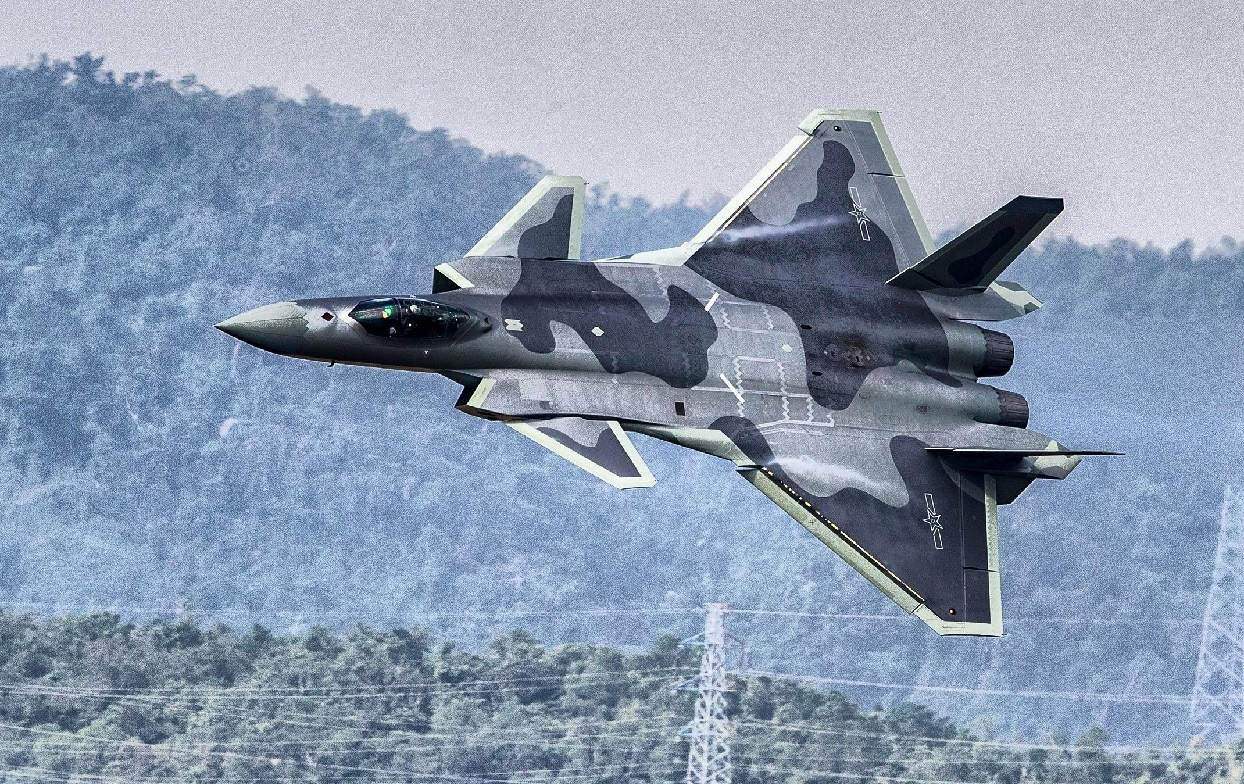


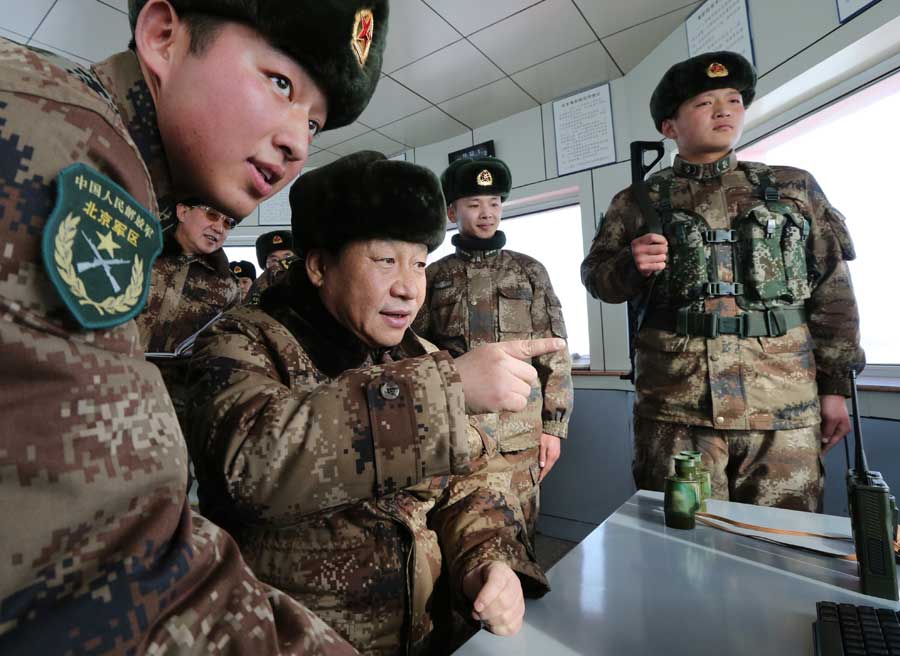 File Image: Xi-Jinping
File Image: Xi-Jinping